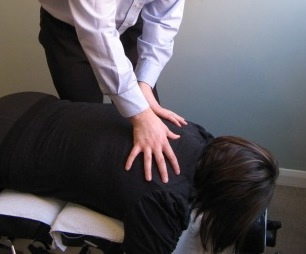
A New and Surprising Way Chiropractic Adjustments Can Be Good For You
If you have followed our blog, you have likely heard us talk numerous times about how important it is to eat anti-inflammatory foods and take the right supplements to reduce inflammation in your body. Reducing the amount of inflammatory chemicals inside your body is the key to having more energy, less pain, and being more resistant to diseases such as cancer, diabetes and heart disease.
It turns out, the chiropractic adjustments we have been using to improve your alignment and relieve your pain has also been found to reduce the very same inflammatory chemicals that are released from eating the wrong foods.
Several studies over the last few years have found spinal adjustments can result in a reduction of some specific inflammatory chemicals including tumor necrosis factor (TNF), cytokines (IL-6, IL-1B), and C-reactive protein. These are the same chemicals that, when released in the body, cause pain and promote the development of various diseases.
Besides getting regular adjustments to maintain your alignment and reduce inflammation, there are several important dietary strategies you can implement to deflame your body to resist pain and disease.
The Deflaming Guidelines and How to Reduce Inflammation with Diet and Supplements
References:
- Giles LG, Muller R. Chronic spinal pain: a randomized clinical trial comparing medication, acupuncture, and spinal manipulation. Spine, 2003;28:1490-502.
- Mohammadian P, Gonsalves A, Tsai C, Hummel T, Carpenter T. Areas of capsaicin-induced secondary hyperalgesia and allodynia are reduced by a single chiropractic adjustment: a preliminary study. JMPT, 2004;27:381-7.
- Omos G, MD, et al. Reduction in high blood TNF-a levels after manipulative therapy in 2 cervicogenic headache patients. JMPT, 2009;32(7):586-91.
- Roy RA, Boucher JP, Comtois AS. Inflammatory response following a short-term course of chiropractic treatment in subjects with and without chronic low back pain. Journal of Chiropractic Medicine, 2010;9:107-114.


